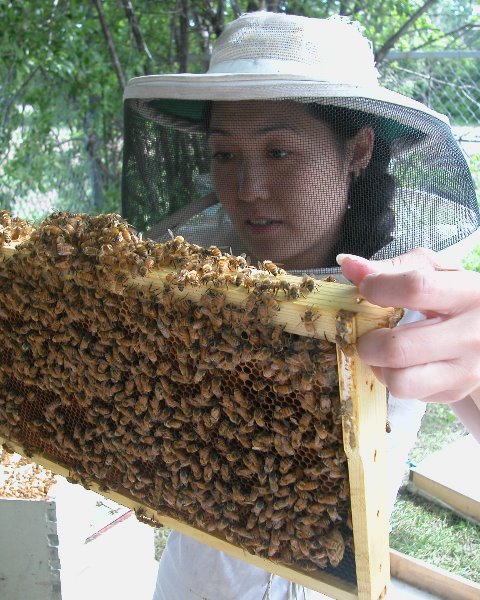P-IE
Student Competition 10-Minute Paper
Grad 10-min: P-IE, Pollinators 1
Effectiveness of tree lines as pesticide drift barrier in agricultural landscapes
On-Demand

Surabhi Gupta Vakil
University of Nebraska Lincoln
Lincoln, Nebraska
Judy Wu-Smart
University of Nebraska
Lincoln, Nebraska
Presenting Author(s)
Co-Author(s)
The most efficient pollinators are insects including keystone bees that sustain biodiversity, conserve habitat, and promote healthy ecosystems. Recent losses of wild bees (abundance declined by 23%), managed honey bees (40% annual winter mortality), and monarch butterflies (abundance reduced by 15%) in the US illustrates the need to address pollinator decline. Factors include diminishing habitat and forage, and exposure to agrochemicals. To mitigate impacts of these, recommendations commonly encourage establishing pollinator habitats around agricultural areas. However, established pollinator habitats can inadvertently become contaminated from agrochemicals moving off crop fields. Of concern are systemic neonicotinoid seed treatment insecticides and
Bacillus thuringiensis (Bt) toxin-based biocides used in GMO corn production. Dust laden with seed treatments may drift off fields in Spring during planting whileBt-laden corn pollen may be released in Fall during anthesis both of which can contaminate nearby flowers. This project examined the role of existing tree lines as potential drift barriers to reduce non-target pesticide exposure. Neonicotinoid residues were collected using sticky traps within pollinator habitats with and without drift barriers to determine the field-relevant exposure levels to foraging pollinators. Additionally, milkweed leaves were collected along corn field margins to evaluate
Bt pollen and cry protein toxin levels to determine relevant field exposure levels for developing monarch butterflies. Transect surveys were also conducted to assess biodiversity and abundance of beneficial insects in habitats. Results will improve landscape management recommendations and promote to the use of existing landscape features that provide more sustainable solutions for promoting pollinators in agricultural areas.
Bacillus thuringiensis (Bt) toxin-based biocides used in GMO corn production. Dust laden with seed treatments may drift off fields in Spring during planting whileBt-laden corn pollen may be released in Fall during anthesis both of which can contaminate nearby flowers. This project examined the role of existing tree lines as potential drift barriers to reduce non-target pesticide exposure. Neonicotinoid residues were collected using sticky traps within pollinator habitats with and without drift barriers to determine the field-relevant exposure levels to foraging pollinators. Additionally, milkweed leaves were collected along corn field margins to evaluate
Bt pollen and cry protein toxin levels to determine relevant field exposure levels for developing monarch butterflies. Transect surveys were also conducted to assess biodiversity and abundance of beneficial insects in habitats. Results will improve landscape management recommendations and promote to the use of existing landscape features that provide more sustainable solutions for promoting pollinators in agricultural areas.


